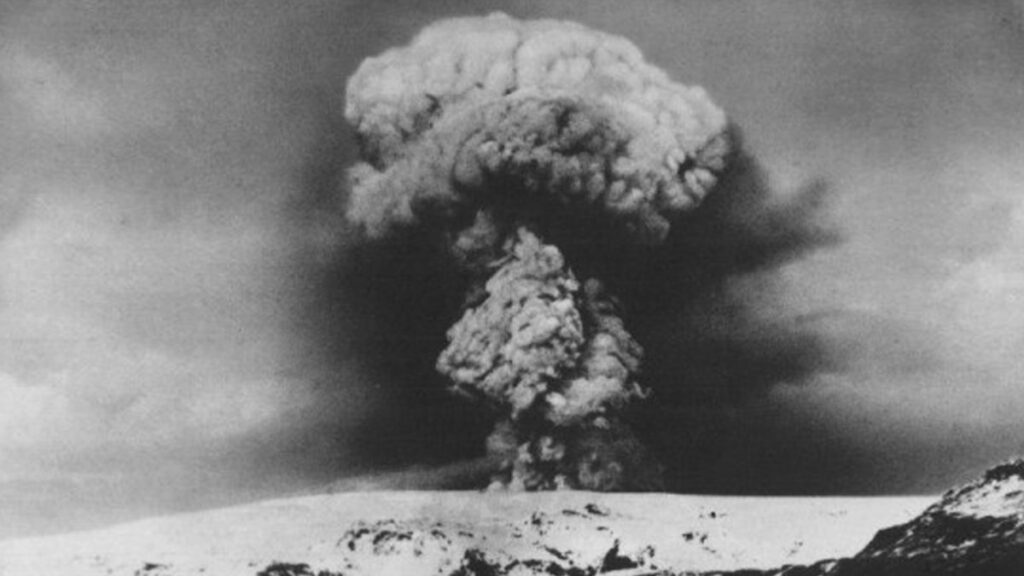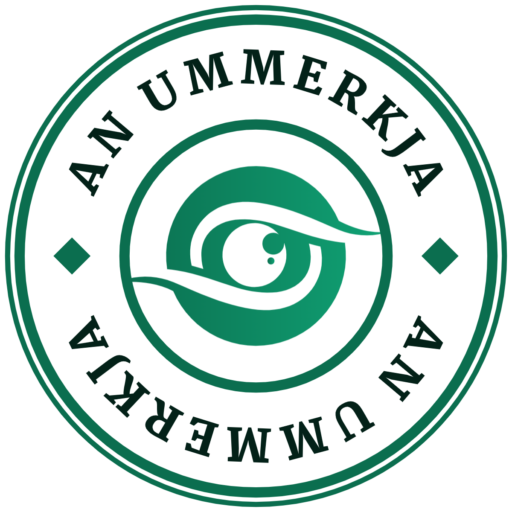
Katla is one of Iceland’s most famous and active volcanoes, known for its powerful eruptions and significant impact on the environment, both locally and globally. The volcano is located beneath Mýrdalsjökull, Iceland’s southernmost glacier, and is part of a larger volcanic system that includes the Eldgjá rift.
Geology and Features
Katla is a subglacial volcano, which means its main vent is covered by an ice cap. This ice cap, Mýrdalsjökull, spans approximately 595 square kilometers. The interaction between the hot magma of the volcano and the overlying ice can lead to explosive phreatomagmatic eruptions, which are particularly violent due to the rapid vaporization of water into steam.
The volcano has a large caldera, measuring about 10 kilometers in diameter, which formed over thousands of years due to multiple eruptions that caused the roof of the magma chamber to collapse. The caldera is hidden beneath the ice, which makes monitoring and studying the volcano challenging.
Eruptive History
Katla’s eruptive history is marked by frequent and powerful eruptions occurring every 40 to 80 years on average. However, the last major eruption was in 1918, making the current dormancy period unusually long. This eruption caused significant flooding due to the melting of parts of the glacier, a phenomenon known as “jökulhlaup,” which can lead to rapid and destructive floods affecting the surrounding lowlands.
The 1918 eruption extended the coastline by up to 5 kilometers due to the deposition of tephra and other volcanic materials. Historical records indicate that Katla has had at least 20 major eruptions since the 9th century, with the most significant impacts being on local agriculture and the alteration of landscapes.
Monitoring and Hazards
Katla is closely monitored by Icelandic volcanologists. The area around Katla is seismically active, and frequent earthquakes are a sign of the ongoing magmatic and hydrothermal activity beneath the caldera. The primary hazards associated with an eruption of Katla include ash fall, which can disrupt air traffic and affect air quality, and glacial outburst floods (jökulhlaups), which pose a significant risk to populated areas downstream.
Given its history and potential for large eruptions, Katla is regarded as one of the most dangerous volcanoes in Iceland. Future eruptions are expected to have considerable effects on both the local environment and potentially global climate patterns, similar to the Eyjafjallajökull eruption in 2010, though likely on a larger scale due to Katla’s size and power.
The story of Katla
The story of Katla the witch is intertwined with Icelandic folklore and the history of one of Iceland’s most notorious volcanoes, Katla. Katla was a housekeeper and rumored witch at the Þykkvabæjarklaustur monastery. She possessed a pair of magical breeches that granted the wearer the ability to run incredibly fast without tiring. Known for her bad temper, Katla’s legend grew darker when she drowned a shepherd named Barði in a vat of whey after he borrowed her breeches without permission. Fearing the discovery of her crime, Katla fled, throwing herself into a canyon near the Mýrdalsjökull glacier. This act supposedly triggered a massive volcanic eruption, leading to the volcano being named after her. The tale reflects how ancient Icelanders used folklore to explain natural disasters, imbuing them with mystical qualities attributed to human actions and supernatural beings .

